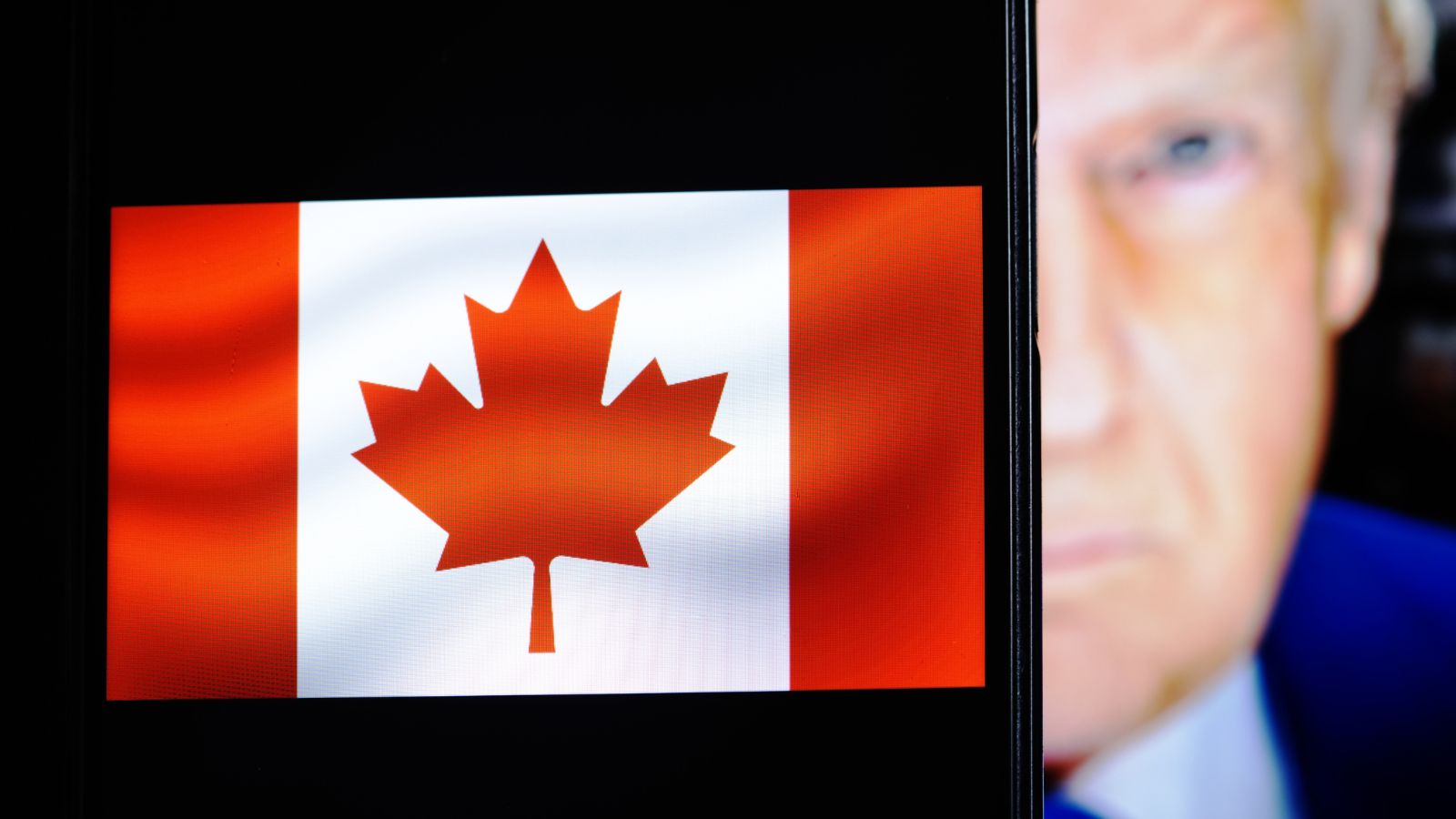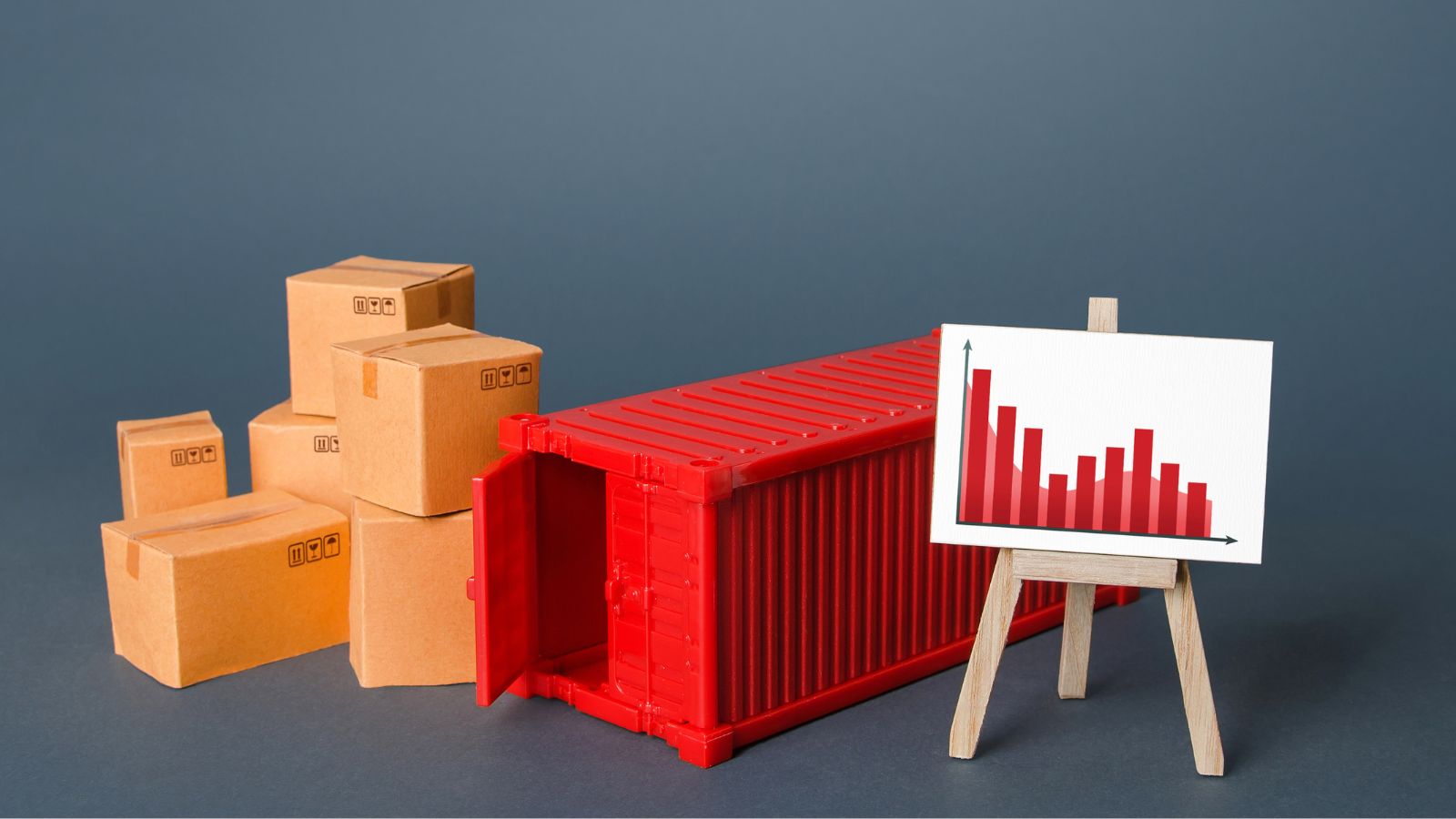In 2025, Canada finds itself at a pivotal crossroads. Years of deep economic integration with its southern neighbor have suddenly disrupted an era marked by tariffs, supply chain upheavals, and unprecedented regulatory adjustments. As the United States embarks on an aggressive trade war—imposing sweeping tariffs on Canadian and Mexican goods—Canada is forced to confront a series of complex economic challenges and opportunities. In this article, we explore 29 key ways in which the trade war is fundamentally reshaping the Canadian economy.
Permanent GDP Impact

One of the most disconcerting effects has been the prospect of a permanent reduction in Canada’s long-term GDP level. Analysis by the Bank of Canada indicates that sustained trade conflict not only dampens short-term growth but may also depress the economy’s potential output over the long run. In other words, Canada might never fully return to its pre-trade war economic potential.
Higher Production Costs

Tariffs on imported raw materials and intermediate goods have significantly raised the cost base for Canadian manufacturers. As production inputs become more expensive, profit margins shrink, forcing companies to either absorb these costs or pass them along to consumers.
Supply Chain Disruptions

The trade war has led to disruptions throughout Canada’s supply chains. Increased border delays and the imposition of tariffs necessitate a complete rethinking of sourcing strategies. Firms are forced to reengineer their supply networks, leading to inefficiencies and a rise in logistics costs.
Automotive Sector Turmoil

The North American automotive industry has long relied on a highly integrated supply chain. With tariffs now disrupting the free flow of auto parts between Canada and the United States, production schedules are thrown off balance, costs soar, and the potential for layoffs increases. This strain on the auto sector poses risks not only for manufacturers but also for the millions employed in the broader supply chain.
Inflation Surge

As import costs rise due to tariffs, the ripple effects are felt at the consumer level. The increase in production costs translates directly into higher retail prices. From food to clothing and household appliances, everyday items are becoming more expensive, thus contributing to an overall inflationary trend.
Depreciation of the Loonie

Economic uncertainty and lower export revenues have contributed to a weakening Canadian dollar. A depreciated currency makes imports even more expensive, further compounding inflationary pressures and putting additional strain on households and businesses alike.
Export Market Diversification

With the United States becoming a less reliable market, Canadian businesses are actively seeking to diversify their export destinations. Firms are exploring new trade partners in Europe, Asia, and other regions. While this presents a challenge in the short term, it also offers the potential for a more resilient and diversified global trade portfolio in the long run.
Retaliatory Tariffs

In response to U.S. tariffs, Canada has imposed its countermeasures—most notably a 25% tariff on billions of U.S. dollars worth of imports. These retaliatory measures have not only reconfigured bilateral trade flows but also added an extra layer of complexity to cross-border commerce.
Rising Construction Costs

Tariffs on imported building materials such as lumber, steel, and glass have pushed construction costs upward. For a sector already grappling with regulatory delays and supply chain challenges, this further exacerbates the issue of housing affordability. Homebuilders are now forced to contend with higher input costs, which ultimately translate into steeper prices for consumers.
Food Price Hikes

Tariff-induced increases in the cost of agricultural inputs and imported processed foods drive grocery bills nationwide. As farmers and food manufacturers face higher costs, these expenses are passed directly on to consumers, straining household budgets and altering consumption patterns.
Auto Supply Chain Strain

As noted earlier, the automotive industry’s reliance on seamless cross-border parts exchanges has been severely disrupted. Production slowdowns in this sector affect manufacturing output and have broader implications for employment and the entire supply network supporting auto assembly.
Investment Uncertainty

The uncertainty created by the evolving tariff regime is causing many businesses to delay investment decisions. Both domestic and foreign investors are adopting a “wait and see” approach, reluctant to commit capital until there is greater clarity on trade policies. This pause in investment can hamper innovation and slow overall economic growth.
Capital Flight

Amid heightened economic risk, some investors are choosing to pull their capital out of Canada. This capital flight further undermines economic stability and growth prospects, leaving Canadian businesses with less access to the financing needed for expansion and innovation.
Energy Sector Adjustments

The energy sector, a cornerstone of the Canadian economy, has also been impacted. While tariffs on oil and gas exports have been moderated (with a reduced rate of 10%), Canadian energy companies still face the challenge of re-pricing their products in a volatile market. The need to adjust strategies in response to tariff pressures and shifting global energy markets is forcing a reorientation within the sector.
Domestic Manufacturing Push

In a bid to circumvent the negative impacts of tariffs, some companies are shifting production back to Canada. This “Make in Canada” drive aims to reduce reliance on imported inputs and mitigate the cost pressures imposed by international trade barriers. While this shift may bolster domestic production in the long term, it requires significant capital and operational adjustments in the short term.
Digital Trade Expansion

Traditional channels of physical trade are under severe strain, prompting firms to invest more in digital trade and e-commerce. Canadian businesses are increasingly leveraging online platforms to reach global markets, a shift that is accelerating the growth of the digital economy and helping to offset some of the losses from disrupted traditional trade routes.
Labor Market Shifts

Industries most affected by the trade war—such as manufacturing and automotive—are experiencing slower job growth and, in some cases, layoffs. The resulting shifts in the labor market are likely to have both short- and long-term consequences, potentially exacerbating unemployment in sectors that once thrived on cross-border trade.
Enhanced Border Security Spending

In response to both trade and national security concerns, the Canadian government has significantly increased spending on border security measures. While this is intended to protect against illicit trade and safeguard economic interests, it also places additional fiscal pressure on the government’s budget.
Economic Nationalism

The trade war has sparked a rise in economic nationalism. Both politicians and the public are increasingly supporting policies aimed at protecting domestic industries and reducing dependence on foreign markets. This “buy Canadian” sentiment is influencing consumer behavior and shaping government policy, which could potentially alter the overall economic landscape.
Supplier Diversification

To mitigate the risk posed by U.S. tariffs, many companies are reconfiguring their supplier networks. By establishing relationships with suppliers in less politically volatile regions, businesses hope to reduce their dependency on U.S. inputs and insulate themselves from future tariff shocks.
Retail Sector Strains

Retailers are facing significant challenges as disrupted supply chains and rising import costs lead to sporadic product shortages and heightened price volatility. These issues not only affect consumer confidence but also force retailers to rethink inventory management and pricing strategies in an increasingly unpredictable market.
Agricultural Competitiveness Challenges

Canadian farmers are finding themselves caught in a difficult position. With their export markets disrupted by tariffs and retaliatory measures and with input costs rising, agriculture faces a new set of competitiveness challenges. This shift threatens the long-term viability of some farming operations and may alter the country’s agricultural landscape.
SME Vulnerability

Small and medium enterprises (SMEs) are particularly hard hit by the trade war. With limited financial buffers and less capacity to absorb rising costs, SMEs struggle to compete in an environment characterized by uncertainty and high tariffs. The impact on these businesses is significant, as they form the backbone of the Canadian economy and are crucial for job creation and innovation.
Changing Patterns of Foreign Direct Investment

The trade war is reshaping inbound and outbound foreign direct investment (FDI) patterns. Investors are increasingly cautious due to the uncertain environment, which has impacted FDI inflows into Canada. Meanwhile, Canadian companies are reconsidering their investment strategies abroad. These changes in FDI dynamics could result in significant implications for technology transfer, job creation, and long-term economic growth.
Accelerated Regulatory Reforms

The pressures from the trade war have catalyzed calls for structural reforms within Canada. Policymakers are now prioritizing efforts to reduce interprovincial trade barriers, streamline regulatory frameworks, and modernize policies to boost national competitiveness. Such reforms are necessary to help Canada adapt to a more protectionist global trade environment.
Boost to Research, Development, and Innovation

Facing the challenges posed by increased tariffs and supply chain disruptions, both the private sector and the government are channeling more resources into research and development (R&D). Investments in innovation and new technologies are critical for enhancing productivity and finding alternative solutions to traditional trade challenges. This drive for innovation may well lay the foundation for a more resilient and future-oriented Canadian economy.
Revised Export Strategies

The disruption of traditional trade routes has forced Canadian firms to retool their export strategies. Companies are now placing greater emphasis on negotiating new trade agreements and exploring markets beyond North America. This strategic pivot, although challenging in the short term, is expected to yield long-term benefits by creating a more diversified and resilient export portfolio.
Public Sector Employment Growth

As the private sector contracts in industries affected by the trade war, the public sector has seen an uptick in employment. While this expansion helps cushion the overall employment picture, it raises debates about efficiency and the long-term sustainability of relying on government jobs to support economic stability.
Long-Term Productivity Concerns

Perhaps the most worrisome impact is the potential long-term drag on productivity. Persistent trade frictions, combined with ongoing policy uncertainty, are stifling innovation and reducing the incentive for businesses to invest in productivity-enhancing technologies. Over time, this could have profound implications for Canada’s competitiveness on the global stage.
Conclusion

The 2025 trade war has set in motion a cascade of economic transformations reshaping Canada’s economic landscape. From permanent impacts on GDP and rising production costs to fundamental shifts in supply chains and consumer behavior, the effects are both deep and wide-ranging. Canadian manufacturers, exporters, and policymakers are all grappling with the immediate challenges while attempting to chart a course toward a more resilient future.
The retaliatory tariffs, which have sparked a surge in economic nationalism, are prompting a fundamental rethinking of Canada’s trade strategy. Businesses are diversifying supply chains, seeking new markets, and investing in digital trade and innovation to mitigate the adverse effects of tariffs. At the same time, the government is accelerating regulatory reforms and boosting border security to protect national interests.
While there is no silver bullet to counteract the multifaceted challenges posed by the trade war, the emphasis on innovation, diversification, and structural reform offers a pathway forward. The shift toward digital trade and increased R&D investment may, in time, transform Canada into a more competitive, self-reliant economy capable of weathering future shocks.
25 Countries Predicted to Become Economic Superpowers in the Next 20 Years

The strength of an economy plays a crucial role in various international policies about trade and relations. Certain factors determine the strength of an economy, including population growth, availability of resources, and development and advancement. Here are 25 countries predicted to become economic superpowers in the next 20 years
25 Countries Predicted to Become Economic Superpowers in the Next 20 Years
